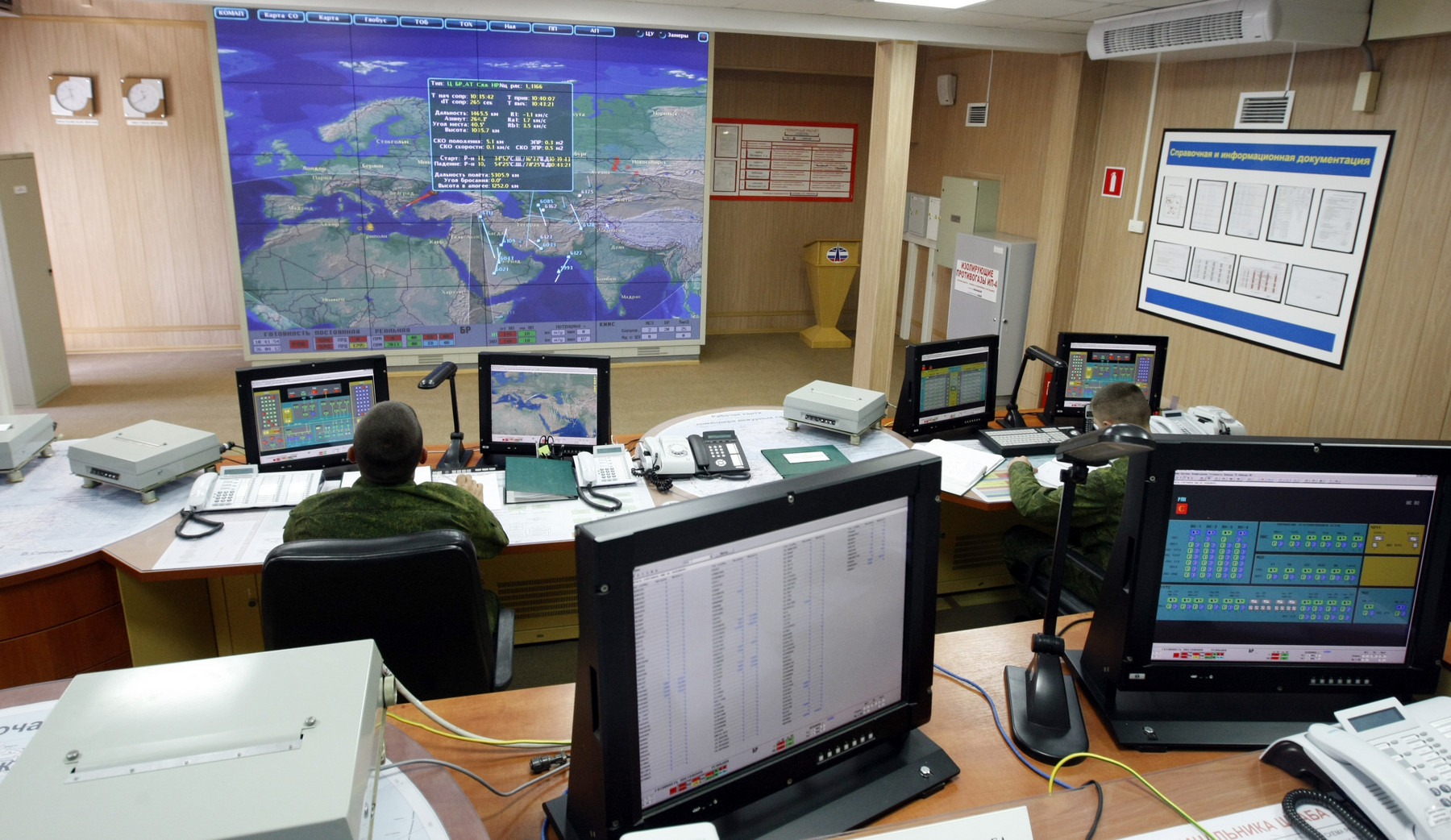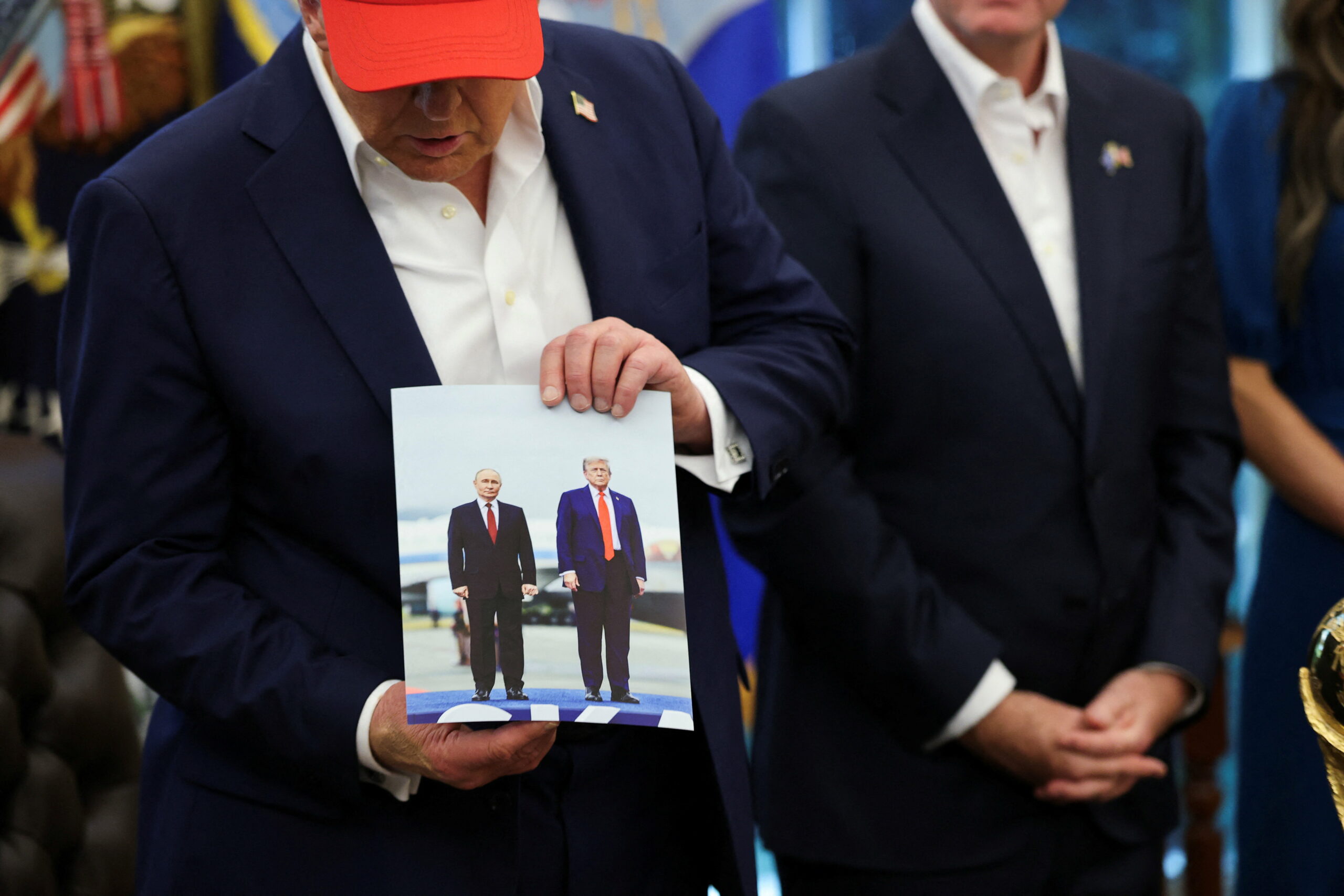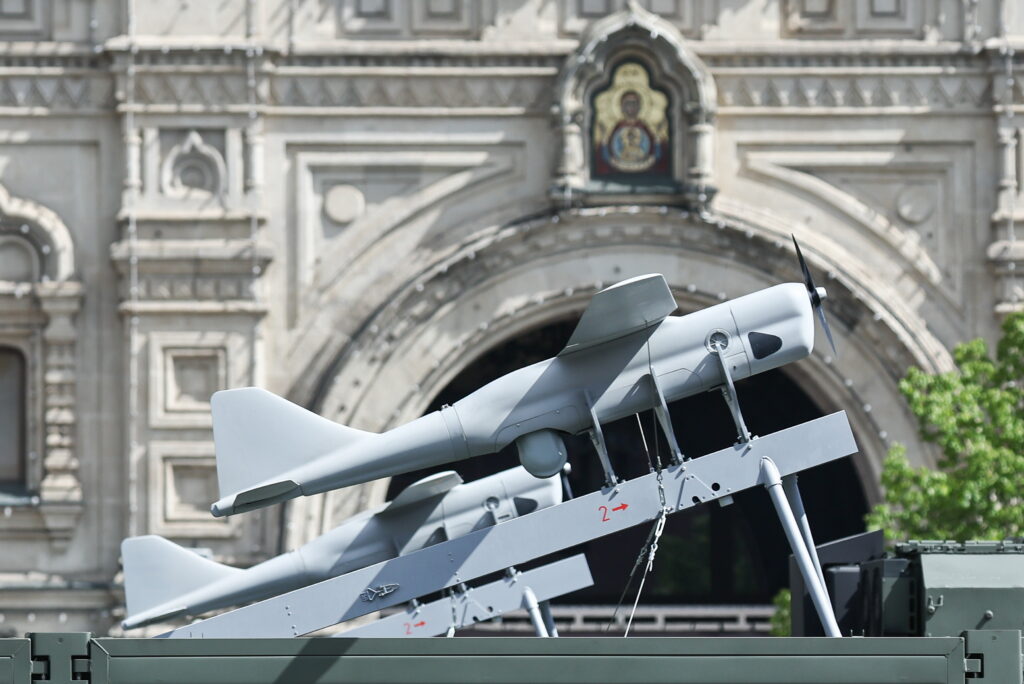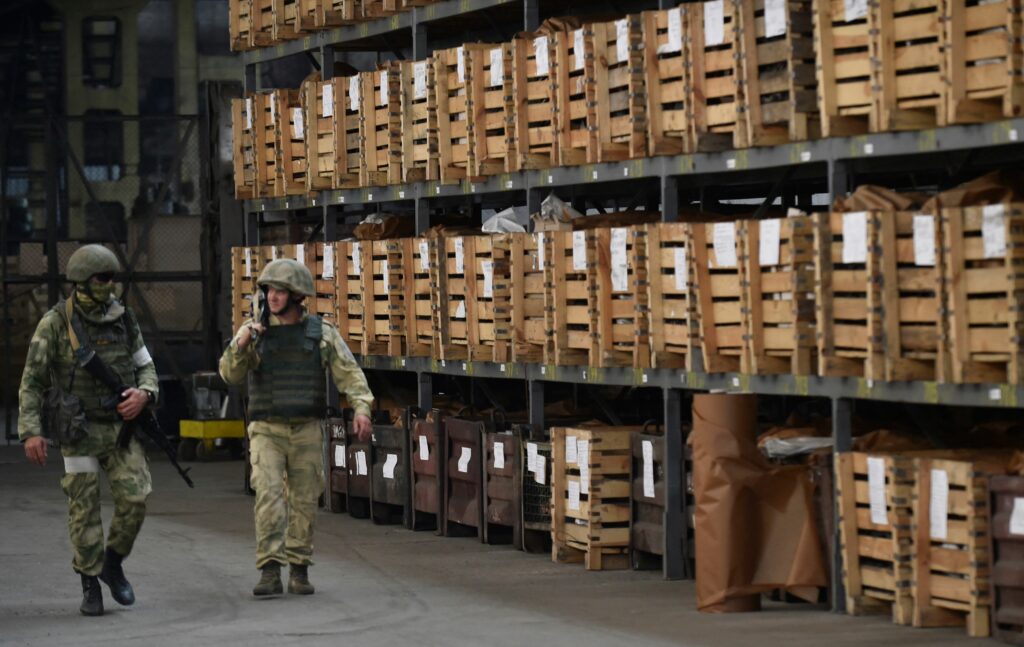On July 21, the lower house of Russia’s parliament terminated the agreement with Kazakhstan under which the Russian military used the Dnepr radar station (part of the early-warning radar and aerospace surveillance system) on the coast of Lake Balkhash. The five-year agreement had been signed in 2014 and ratified in November 2015, so it expires in December 2020. The termination means Russia has decided not to extend it for the next 3 years and will abandon the radar. The final political decision was announced earlier, in June.
Given the situation, two other sites are of interest. Russia was supposed to decide their fate in June but the decision has not yet been announced. Is Moscow going to continue to use the Volga radar and the 43rd Communications Centre of the Russian Navy located in Belarus, since the respective agreements (1, 2) expire in June 2021? The cooling of relations between Moscow and Minsk is therefore accompanied by military-and-political uncertainty. Hypothetically, this uncertainty can be clarified using the case of the Kazakhstan radar. So, why is the Kremlin, which traditionally considers military presence to be one of the most important foreign policy levers, ready to abandon these sites?
The main principle of military presence
The expiring agreement with Kazakhstan was a follow-up to the multilateral agreement of July 6, 1992, which served as a foundation for subsequent bilateral agreements on Russia’s use of similar Soviet systems remaining in the former Soviet republics of Azerbaijan, Belarus, Kazakhstan and Ukraine. In the mid-2000s Russia launched a large-scale program of building the next generation of radars, the Voronezh radars located on its territory, which make the radars in neighbouring countries largely obsolete. Seven Voronezh radars of different varieties are in service, and a couple more are under construction.
By the end of the 2000s, this made it possible to first give up on two Dnepr radars in Ukraine, in Sevastopol and Mukachevo, and three years later – on the Daryal radar near Quabala, Azerbaijan. When the radars near Barnaul and in the Orenburg Oblast were put into operation in 2017, their coverage area spanned the area of the radar in Kazakhstan, making it unnecessary. The same can be said about the Volga radar in Belarus; a more advanced Voronezh radar is in operation near Kaliningrad, together with the radars in the Leningrad Oblast and Krasnodar Krai in the western direction.
Thus, a quarter of a century after the collapse of the Soviet Union, Russia’s demand for early-warning ground radar stations is fully met (or exceeded) by radars located on its own territory. The principle of Moscow’s military presence abroad becomes clear: it should remain in the places where Russian foreign policy interests lie. However, Russia’s defence should depend on foreign presence to a minimum extent, or be absolutely independent. And the abandonment of the Dnepr radar in Kazakhstan follows exactly the same logic. After all, Russia is still present in the Sary Shagan missile test site and Baikonur Cosmodrome. These sites are no longer critical to Russia in a purely military sense. Speaking of the radar in Quabala, the complete withdrawal of the Russian military from Azerbaijan is compensated for by the military base in Armenia; Moscow perceives these two countries largely in the context of their territorial dispute and does not have to be present in both of them.
The Navy Communications Centres located in Belarus and Kyrgyzstan follow the same principle. They transmit orders to deep-diving submarines far from the Russian coasts in the very low frequency range. Both the 43rd Vileyka Communications Centre and 338th Communications Centre near Bishkek are duplicated by systems on Russian territory. The Russian Navy can easily do without them. By the way, since 2017, all Russian military facilities in Kyrgyzstan have functioned as an integrated military base. This is largely an air rather than naval facility. Simply put, military presence abroad appears to be a utilitarian foreign policy tool rather than a means of ensuring Russian defence capabilities, which would make Moscow dependent on local rulers’ whims.
There is one exception to this rule: the Okno optical-electronic facility in Tajikistan. This is the most advanced space surveillance station in the Russian armed forces. Even the recently developed network of optical laser and optical-electronic stations cannot replace Okno. Truth be told, the incumbent and any future Tajik authorities are so dependent on Moscow that the Kremlin has nothing to worry about. Nevertheless, taking into account the entire context, it is worth looking at the case of Belarus.
Silence as pressure
Russia’s silence on the future of the Volga radar and Navy Communications Centre in Vileyka looks all the more surprising, as it contrasts with the announced withdrawal of the radar station in Kazakhstan in accordance with the procedure prescribed in the agreement. It turns out Russia does not plan to use these facilities beyond mid-2021, but has not notified Minsk of its decision. Clearly, the cooling of bilateral relations could play a role here alongside the difficult domestic political situation in Belarus against the backdrop of the upcoming August presidential election. The Kremlin can be blamed for many things, but not for letting go of foreign policy.
Russia does not have many options when it comes to military sites in Belarus. Unlike eight years ago in Azerbaijan or currently in Kazakhstan, so far there is no alternative to the Russian military presence in Belarus. There are no other Russian military facilities in Belarus, and Minsk has not agreed to their presence yet. Thus, so far neither the Kazakhstan nor the Kyrgyz option is applicable. The idea of further integration as part of the union state has so far been vehemently opposed by Minsk. A simple abandonment of the existing military facilities could be perceived as a step towards divorce.
To all appearances, Russia is simply waiting for the results of the presidential campaign. It will wait and see how stable Alexander Lukashenko’s regime is beyond August 9 and whether the head of the Belarusian state is going to become more pliable when it comes to the Kremlin’s integration agenda. The silence on the radar and Navy Communications Centre is meant to make Minsk more nervous. It could be expected in late 2018 that Lukashenko would try to use the issue of the extended Russian military presence at these facilities as a bargaining chip. In turn, such a presence seemed interesting but not decisive in Russia’s bargaining with Belarus. Moreover, the Kremlin does not show any interest in keeping these facilities.
Consequently, the most likely, mid-case scenario is that the Kremlin is pushing Lukashenko to invite Russia to deploy a fully-fledged military base in Belarus to replace Russia’s existing obsolete facilities. This is a kind of a wry compensation for the refusal to integrate. If Moscow and Minsk declare in the coming months that in fact they have long agreed to extend operation of the radar and Navy Communications Centre and have simply forgotten to announce it to the public, this will mean a serious diplomatic defeat for the Kremlin. The same would be true of the unannounced abandonment of these facilities. However, it is unlikely that the Russian authorities will turn a blind eye to either of those outcomes.










